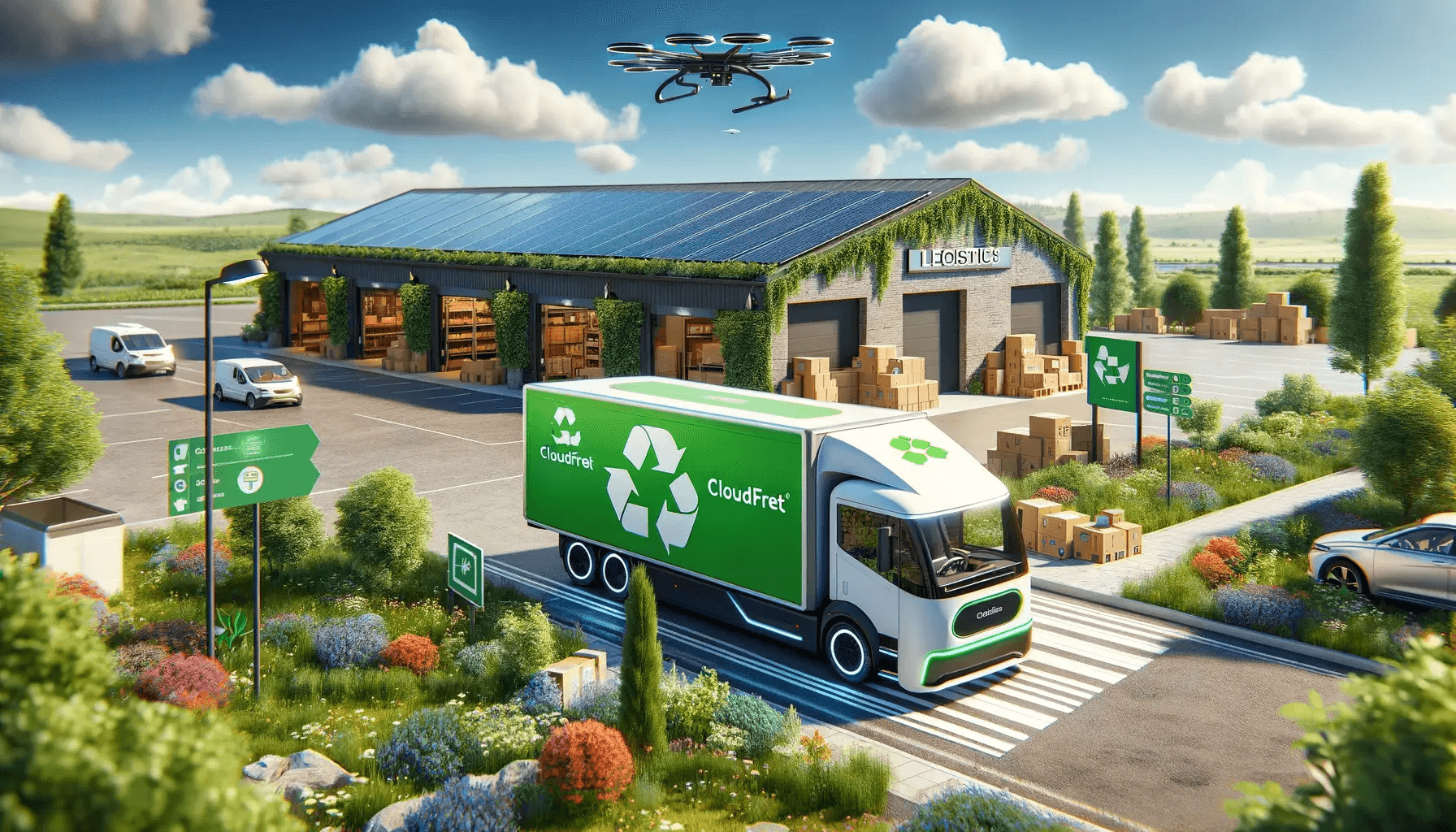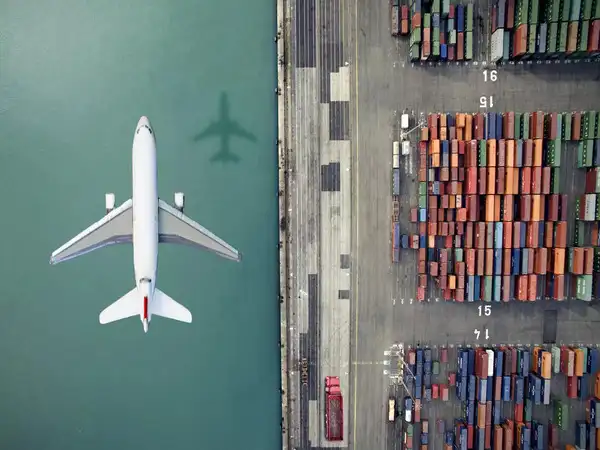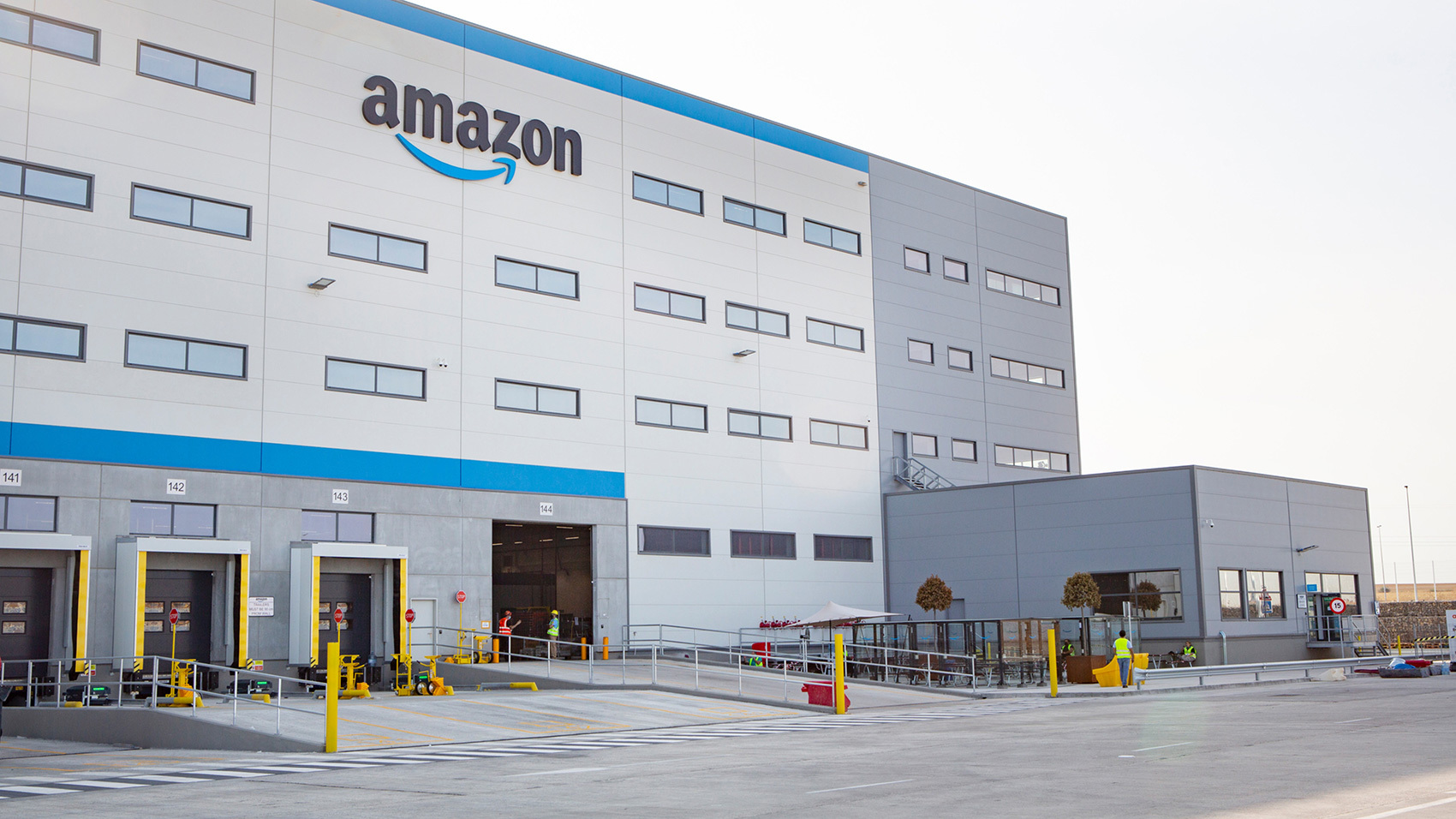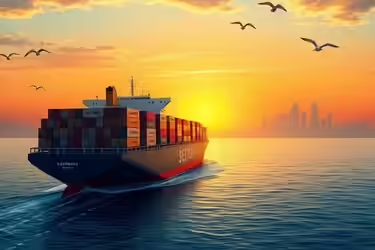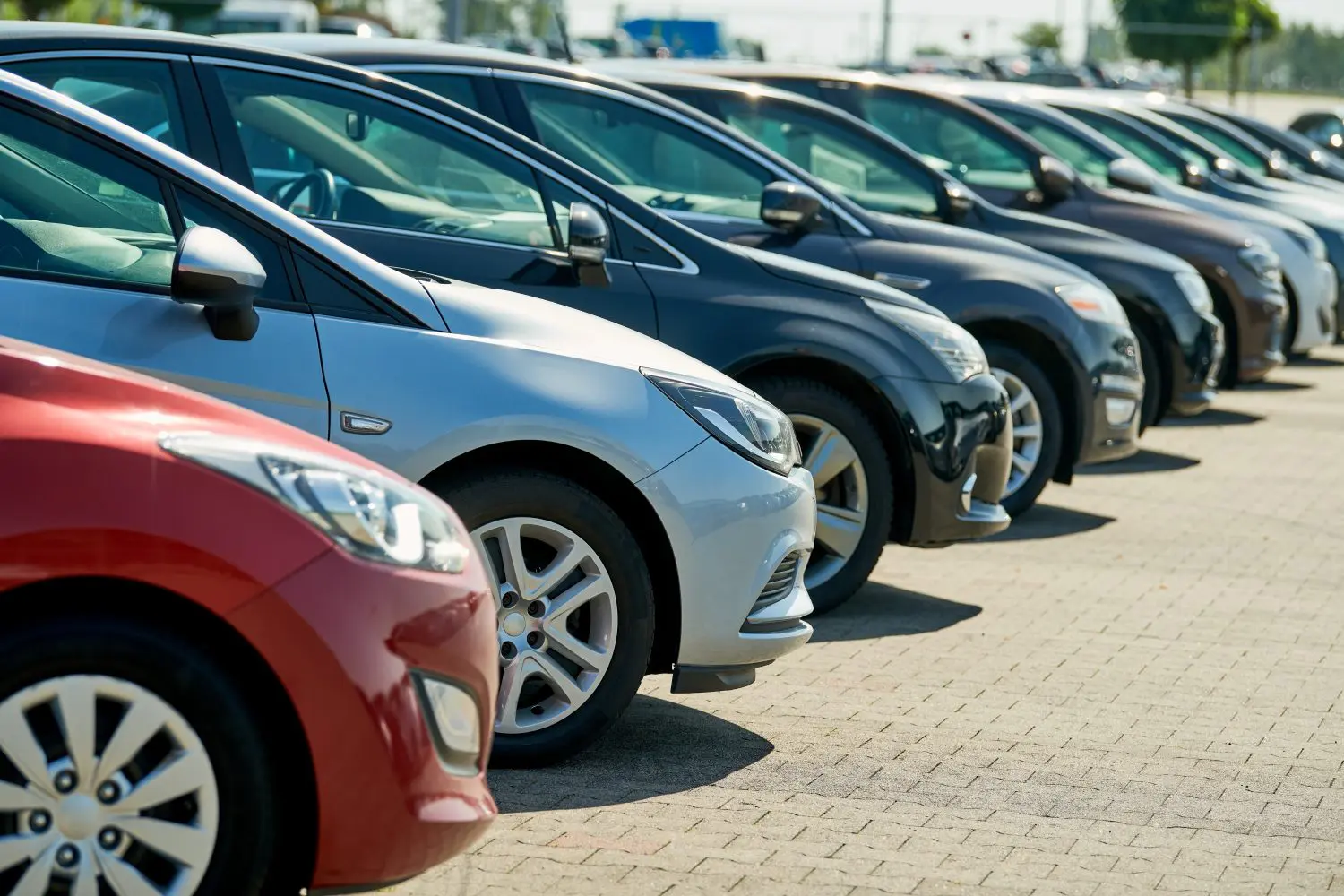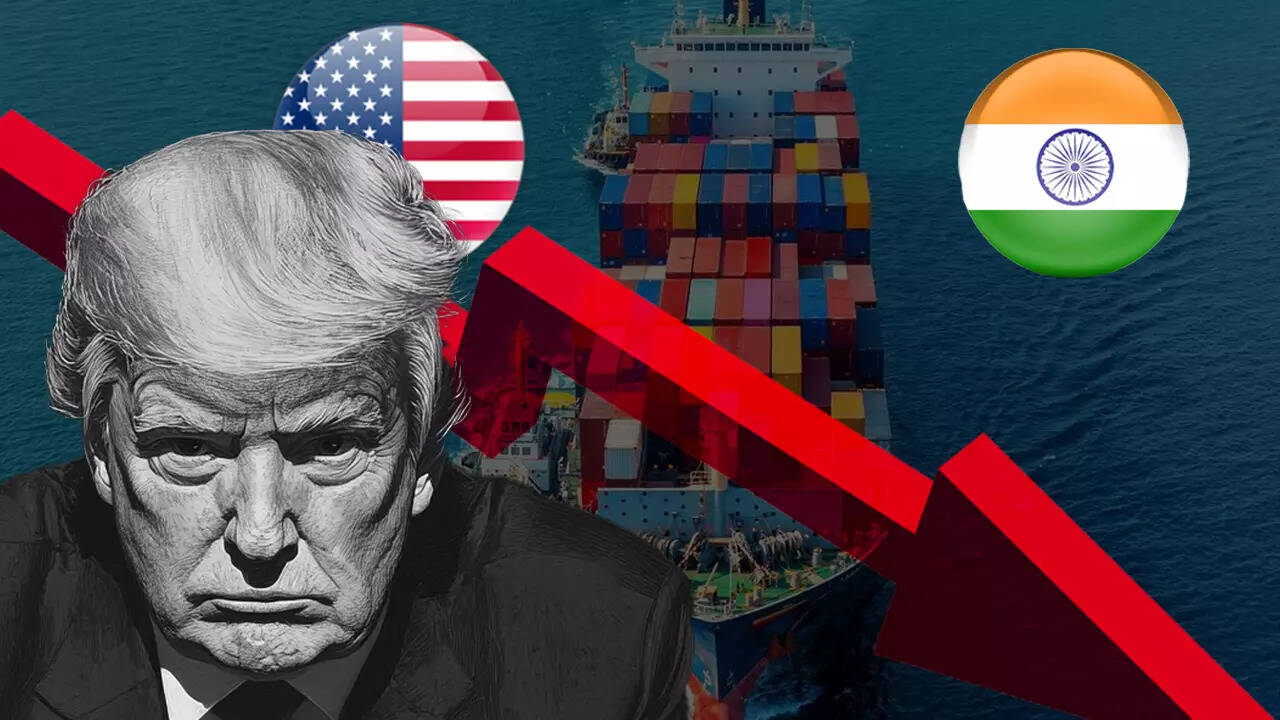on
green warehousing, electric vehicle (EV) fleets, sustainable packaging, and carbon-neutral logistics.Why Green Logistics is Critical for India
- India’s logistics sector accounts for 14% of GDP and contributes significantly to carbon emissions.
- E-commerce boom (Flipkart, Amazon, Reliance JioMart) has increased delivery miles, raising fuel consumption.
- The government is pushing initiatives like Faster Adoption of Electric Vehicles (FAME II) and the National Green Hydrogen Mission to decarbonize logistics.
- Consumers prefer sustainable brands—80% of Indian shoppers say they are more likely to buy from companies that prioritize sustainability (Nielsen Report).
Key Components of Green Logistics
1. Transition to Electric & Alternative Fuel Vehicles
✅ Case Study: Flipkart’s EV Fleet Expansion
Flipkart aims to convert 100% of its last-mile deliveries to EVs by 2030 under its sustainability commitment. They are deploying electric two-wheelers, three-wheelers, and CNG vans across metro and tier-2 cities.
🔹 Indian Context:
- The FAME II scheme offers incentives for electric cargo vehicles, pushing adoption.
- Tata Motors & Mahindra Electric are investing in commercial EV fleets for logistics.
2. Green Warehousing & Renewable Energy Adoption
✅ Case Study: Amazon India’s Solar-Powered Warehouses
Amazon India has installed solar panels in fulfillment centers across Maharashtra, Delhi, and Karnataka, reducing reliance on fossil-fuel-based electricity.
🔹 Best Practices:
- Implementing rooftop solar panels in warehouses.
- Using energy-efficient LED lighting & automated inventory management to reduce waste.
- Deploying rainwater harvesting & eco-friendly construction materials.
3. Sustainable Packaging & Waste Reduction
✅ Case Study: Myntra’s Plastic-Free Packaging Initiative
Myntra has eliminated single-use plastic from its packaging and adopted biodegradable & recycled paper-based materials.
🔹 Actionable Strategies:
- Use recyclable cardboard, paper tapes, and compostable mailers instead of plastic.
- Implement returnable packaging solutions for B2B shipments.
- Reduce over-packaging in e-commerce deliveries.
4. Route Optimization & Carbon-Neutral Logistics
✅ Case Study: DHL’s GoGreen Program
DHL India is using AI-driven route optimization & carbon offsetting programs to reduce emissions from deliveries.
🔹 How Companies Can Implement This:
- Use AI & GPS-based route optimization to reduce fuel consumption.
- Shift to rail freight instead of road transport for bulk shipments.
- Adopt carbon offset programs to balance emissions.
5. Reverse Logistics & Circular Supply Chains
✅ Case Study: Tata Steel’s Circular Economy Model
Tata Steel has launched a reverse logistics initiative to recycle steel waste, reducing raw material dependency and emissions.
🔹 Key Approaches:
- Product take-back schemes (e.g., e-waste recycling, used battery collection).
- Partnering with recyclers & waste management firms.
- Implementing remanufacturing & refurbishing processes.
Government Policies & Support for Green Logistics
The Indian government is actively promoting sustainable supply chains through:
✅ National Green Hydrogen Mission – Promotes hydrogen-powered logistics.
✅ FAME II Scheme – Incentives for electric commercial vehicles.
✅ EPR (Extended Producer Responsibility) – Forces companies to manage product end-of-life waste.
✅ National Logistics Policy (NLP 2022) – Focuses on lowering logistics costs through multimodal transportation & green supply chain initiatives.
Future of Green Logistics in India
1️⃣ Widespread EV Adoption: Major e-commerce & FMCG players will switch to electric fleets.
2️⃣ Hyperlocal & Sustainable Deliveries: Rise of e-bike & cycle-based deliveries in cities.
3️⃣ Blockchain in Supply Chains: Real-time tracking of carbon footprints & ethical sourcing verification.
4️⃣ Increased Circular Economy Models: More brands will adopt closed-loop supply chains for waste reduction.
Conclusion
Green logistics is no longer just a corporate responsibility—it is a business necessity in India’s evolving supply chain landscape. Companies that embrace electric mobility, sustainable packaging, AI-driven logistics, and circular economy models will gain a competitive edge while contributing to a greener future.
.png)
.png)
